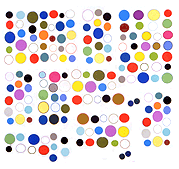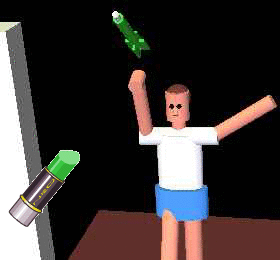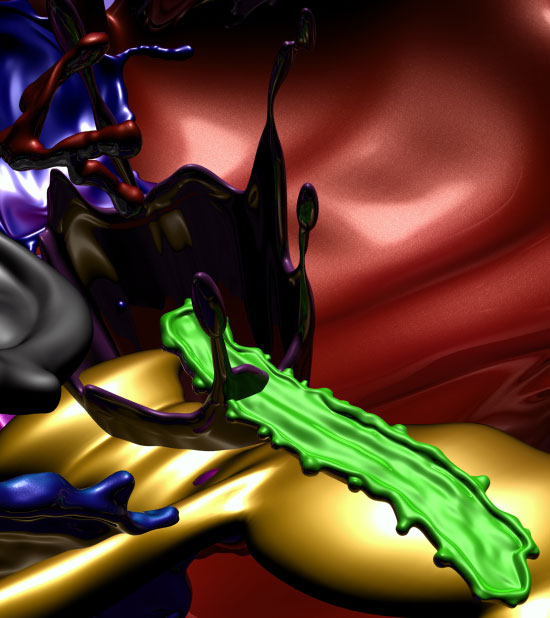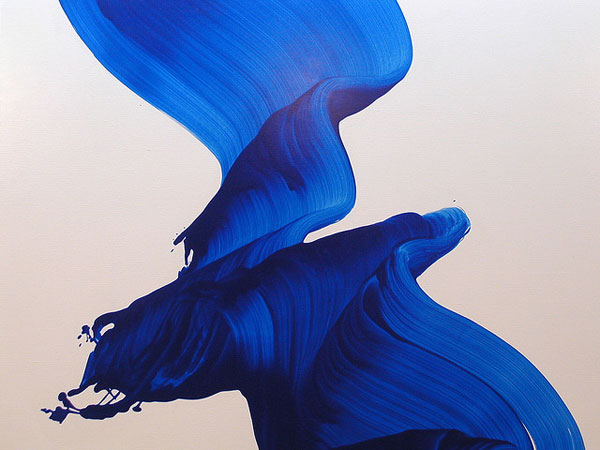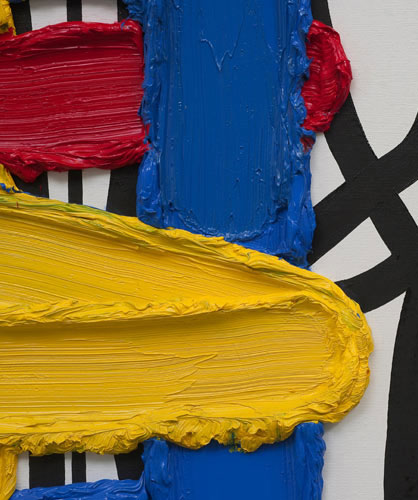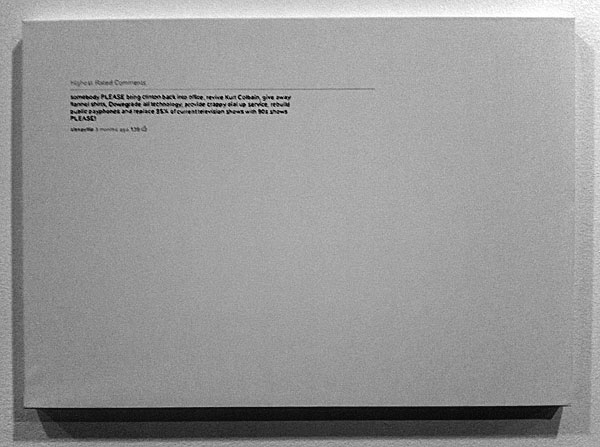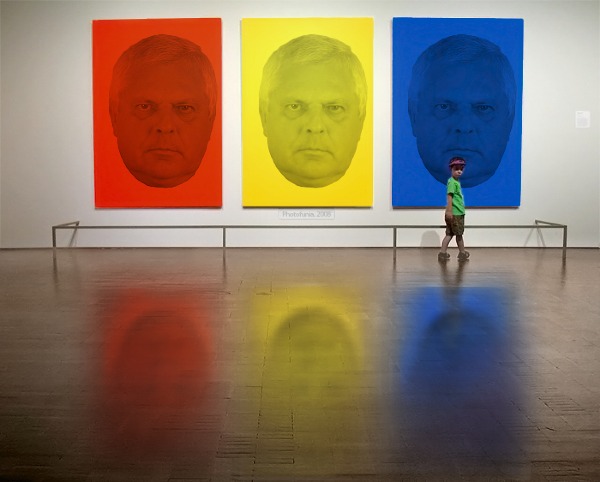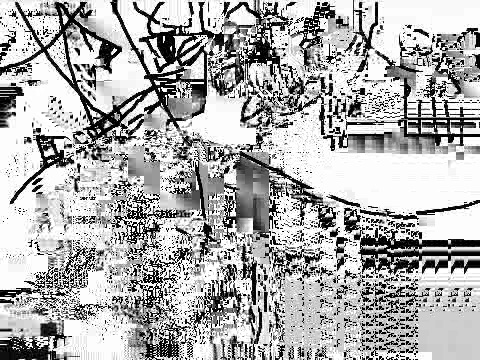
Jimpunk, 6/+(/-/)rw//6 1b video. Give it some time to load and watch on fullscreen, if possible. The pixels stay sharp and dynamic when blown up. Brittle, nervous datamosh style: live drawing of skulls and demons in a mass of squiggles keeps coming unmoored from its surroundings and leaving trails and duplicates of itself as it moves around the drawing surface. The maestro.
Apropos of this discussion (be sure to go vote for MTAA), Jimpunk is an artist who bridges the early, ASCII style net art and current 2.0/social media remix environment.
